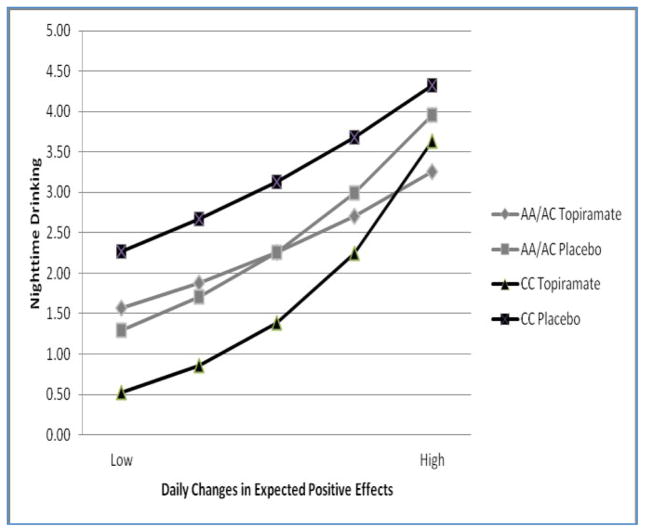Figure 1. Prediction of nighttime number of drinks by interactive effects of changes in daily expectancies, genotype, and medication condition.
Values for the X-axis range from 2 points below to 2 points above mean levels on the expectancy scale. In C-allele homozygotes, topiramate-treated patients reported less nighttime drinking than those receiving placebo (p<0.001). There was no such effect among A-allele carriers (p=0.98). The protective effect of topiramate on nighttime drinking among rs2832407*C-allele homozygotes was decreased on days characterized by relatively high levels of anticipated positive effects of alcohol. Note that the p-values were derived from a model that included all 2-way and 3-way interactions; thus, they are the conditional effects of topiramate for each genotype group averaged across all levels of expectancies.

